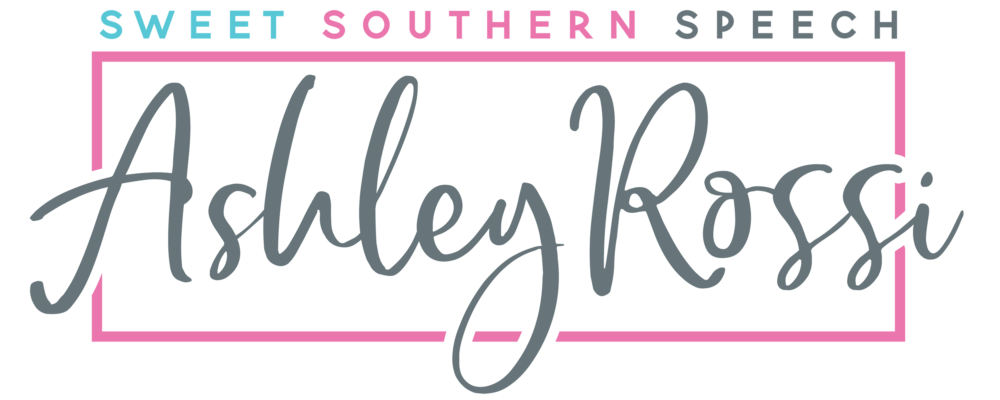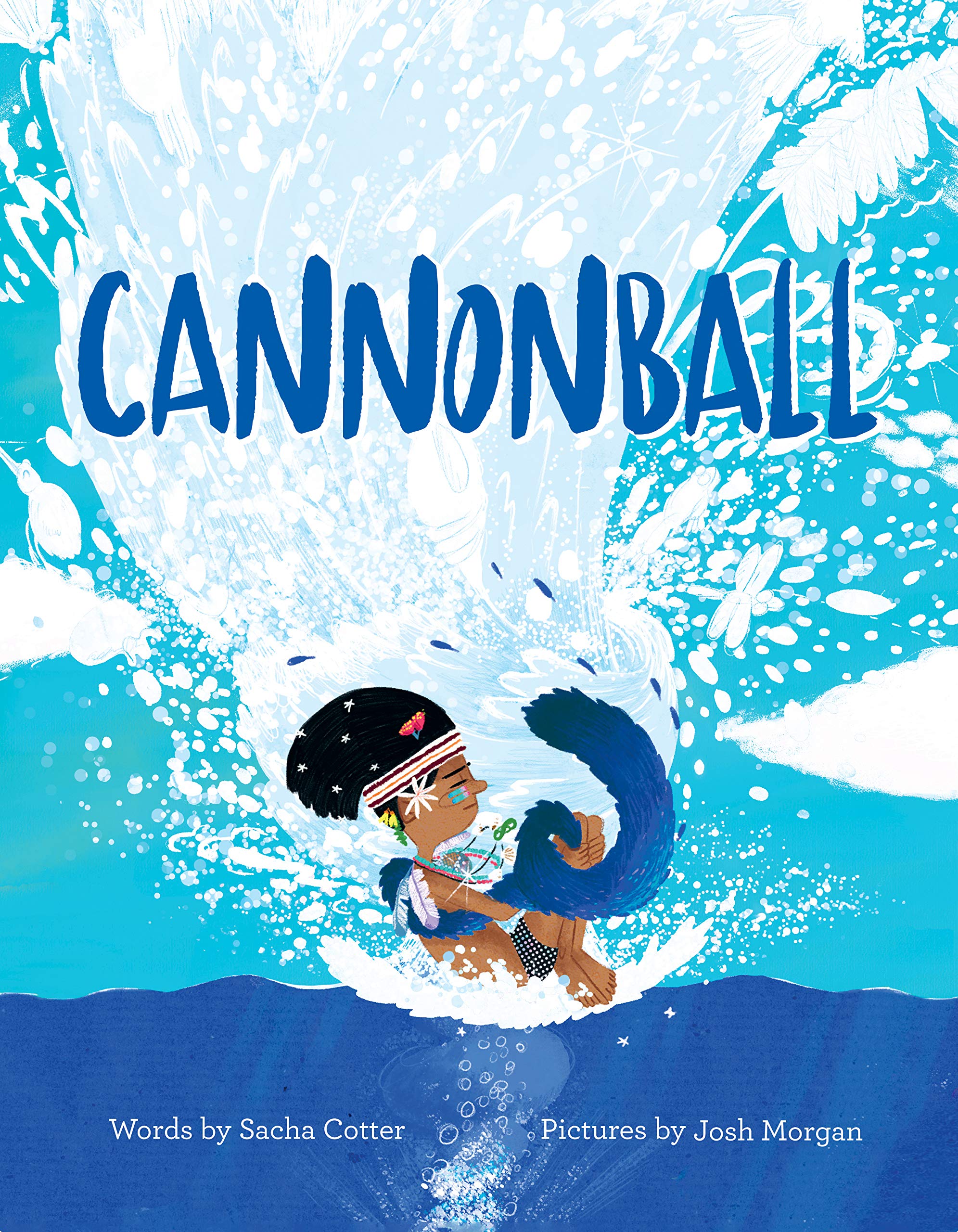A summer tale about family, overcoming fears, and the importance of being oneself, all in the pursuit of performing the perfect cannonball. As one boy searches for the secret to executing the perfect cannonball, it’s only by listening to his own voice that he finds his unique style and pulls off a truly awe-inspiring CANNONBALL.
This authentic, lyrical summer book can be used in speech therapy to address social/emotional issues like perseverance. It is also great for noticing character expressions and for targeting character analysis as well as for describing! Discover more of the speech and language teaching concepts for using Cannonball in speech therapy below:



